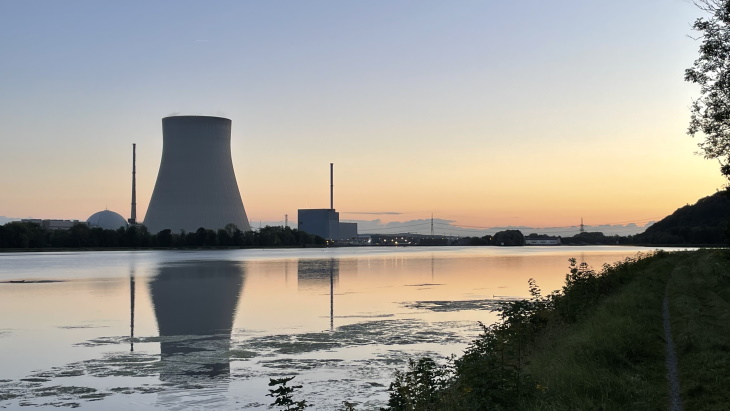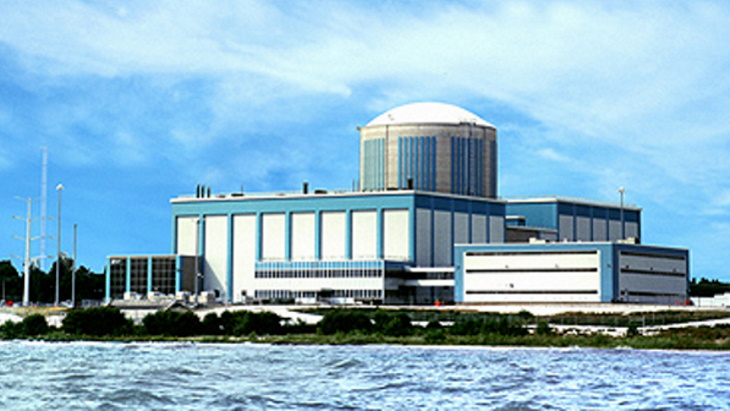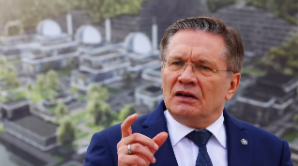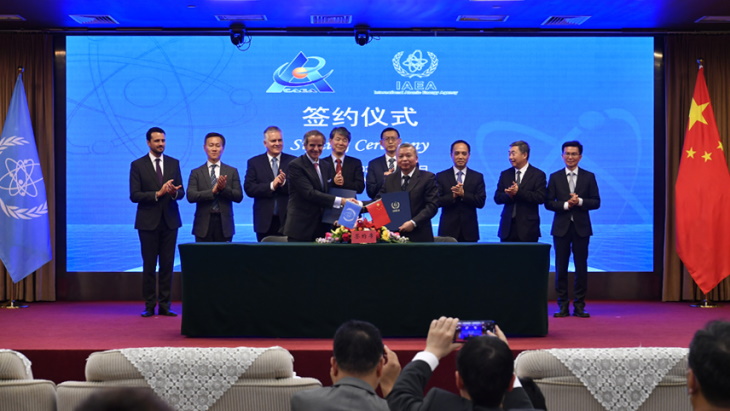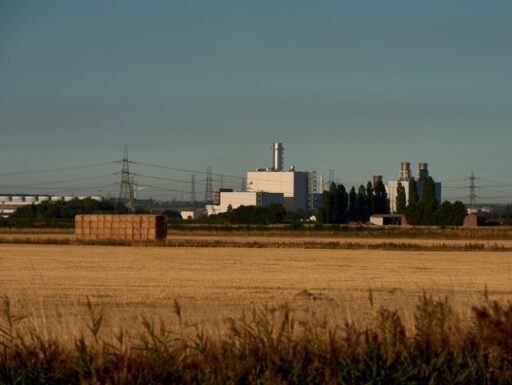
The project is called Mission H2 Power, and will support the decarbonisation of SSE’s Keadby 2 Power Station in North Lincolnshire, which is powered by Siemens Energy’s SGT5-9000HL gas turbine.
The multi-million-pound co-investment will see Siemens Energy develop a combustion system for its SGT5-9000HL gas turbine capable of operating on 100% hydrogen, while maintaining the flexibility to operate with natural gas and any blend of the two.
This will see additional facilities constructed at Siemens Energy’s Clean Energy Centre in Berlin to allow testing of the technology for large gas turbines to take place.
Finlay McCutcheon, managing director of SSE Thermal, commented in a statement: “We know hydrogen-fired power stations will be an essential element of the energy mix in a net zero world and Mission H2 Power will help us accelerate their deployment through engineering excellence.
“…Our projects will be pivotal in providing flexible backup to renewables and while we still need to see a rapid acceleration in policy and deployment, the need for this technology is beyond question – it is a matter of when not if and this partnership can help us reach that destination as soon as possible.”
Darren Davidson, vice president of Siemens Energy UK&I, added: “We are living in a transformative time for the energy sector. Our HL-class gas turbine has set records for efficiency and power performance. This new collaboration is a significant step in reaching the point where large gas turbines can run on 100% hydrogen.”
Investment in Mission H2 Power aligns with SSE’s commitment to transition away from the use of unabated fossil fuels in electricity generation and accelerate hydrogen projects.
SSE is also working on the Keadby Next Generation Power Station project in partnership with Equinor, to ensure the plant is capable of running on either hydrogen or natural gas, or a blend of the two. This allows for flexibility in the event of delays to the hydrogen infrastructure.
Delivering low-carbon power stations will be essential to providing a clean power system in the UK, with the plants fulfilling a vital role as flexible back-up in a renewables-led system. Analysis from National Energy System Operator shows that around 7GW of low-carbon flexible power will likely be needed on the system by 2035, with around half of that capacity provided by hydrogen-fired power stations.
